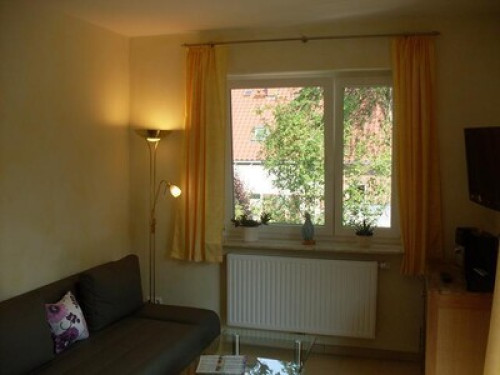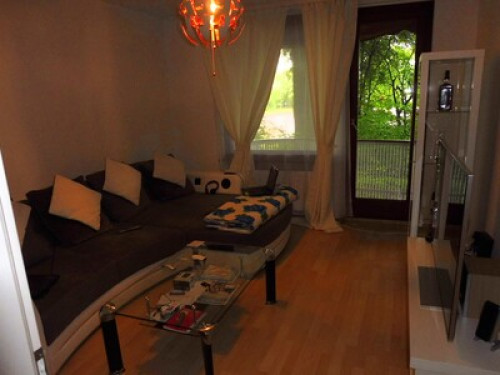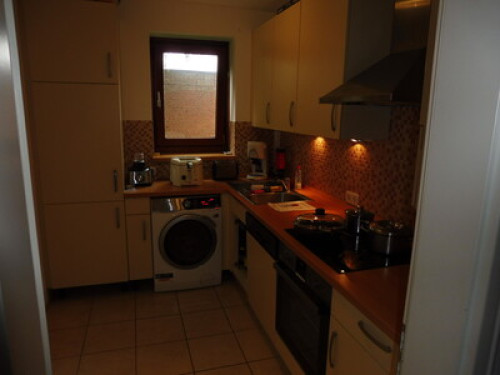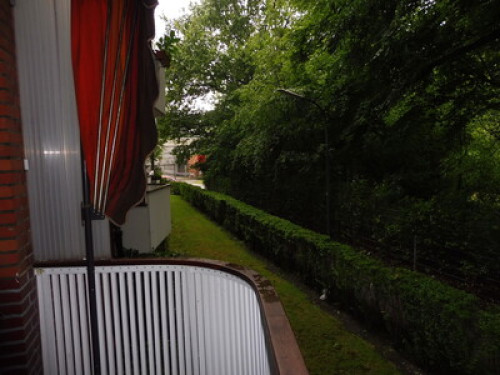The Port of Hamburg is the city's most well-known landmark. Hamburg, in addition to being a significant transportation hub, has evolved into one of Europe's most important cultural and commercial cities, as well as a popular tourist destination. Casita has hundreds of rooms in the city, check out multiple room types in our 146 accommodation options or ask for private lets. Casita offers you a wide range of student accommodation in Hamburg for you to choose from according to your needs and budget.
Why Book Student Accommodation in Hamburg?
It is the most popular cultural attraction in Germany. Hamburg is home to around 50 museums, 45 theatres, and approximately 100 music venues and clubs. It is one of the world's most important musical cities, second only to New York and London. Hamburg will not be outdone by Berlin in terms of music and art.
Universities in Hamburg
146 accommodation options are available a public transport ride away
Lancaster transit station is just 7-minutes away
Places of interest: Miniatur Wunderland
146 accommodation options are available a public transport ride away
Krausestraße transport interchange is 8-minutes away
Places of interest: Eilbekkanal Park
146 accommodation options are available a public transport ride away
Beim Hammer Marktplatz transport interchange is just 2-minutes away
Places of interest: Blohms Park
146 accommodation options are available a public transport ride away
Lines And Dots bus station is 8-minutes away
Places of interest: Park Fiction
Student Life
How much does it cost to live in Hamburg as a student?
The average Cost of living in Hamburg for a family and a couple is $1910, $1245 for students, and $1310 for a bachelor.
Is Hamburg University free for international students?
For the vast majority of its programmes, Universität Hamburg does not collect tuition fees. Furthermore, the institution provides international students with a number of scholarships and bursaries, making studying at Universität Hamburg accessible to everyone.
What Are Some Must-Visit Places in Hamburg?
Miniatur Wunderland
Hamburg's Miniatur Wunderland is much more than a toy train layout, despite its billing as the world's largest model railway. In the city's historic Speicherstadt warehouse neighbourhood, this is without a doubt one of the nicest sites to visit. It has more than 15,400 metres of track and 1,040 trains, making it the world's largest model railway.
The Port of Hamburg
The Hamburger Hafen (Port of Hamburg), often known as "HafenCity," is a 100-square-kilometer tidal harbour that serves as Germany's gateway. It's also home to several of the city's most popular tourist sites, and it's bustling with locals on summer evenings and weekends.
Alter Elbtunnel
When the 426-meter Elbe Tunnel opened in 1911, no one had ever seen anything like it. It changed the life of Hamburg harbour employees commuting from the right to the left side by being 24 metres below the river. At Landungsbrücken, the northern entrance is easy to see thanks to its bright green dome, and the tunnel's Jugendstil architecture is half of its allure. For autos and pedestrians/cyclists, there are two parallel tunnels. Take the steps to get a sense of the scale of the project and take your time admiring the old signage, maritime patterns, and glazed tiles if you're walking.
Speicherstadt
The Speicherstadt, a historic 19th-century warehouse district with uninterrupted lines of tall brick buildings previously used to store tobacco, coffee, dried fruit, and spices, is now home to a wonderful pedestrian walkway. Built between 1883 and 1927, it is said to be the world's largest such warehouse area and was named a UNESCO World Heritage Site in 2015.
Planten un Blomen
Planten un Blomen, with its 47 hectares of gardens, lawns, ponds, greenhouses, and botanical plantations, would be towards the top of any list of Europe's best urban parks. The Old Botanical Garden, which was established on the site of the city wall in 1821, is nestled among the park's verdant folds. Allow time to explore the five greenhouses that are interconnected: The Schaugewächshaus, the largest, features Mediterranean vegetation such as laurels, olive trees, palm trees, and eucalyptus.
Hamburg Transportation
Hamburg is much more peaceful and serene. A car is not required in Hamburg. You typically will ride your bike or take public transportation, which has a well-developed infrastructure. It consists of city trains, subways, buses, and ferries. A standard day ticket for the AB area costs 6.60 € from 9 a.m., while full-day tickets for persons aged 15 and up cost 7.90 €. The express bus supplement costs 2.10 Euros per day. Walking and using the city's wide and reliable public transportation system are the best ways to move around Hamburg. A suburban train (S-Bahn), subway (U-Bahn), or bus can carry you somewhere that your two feet can't.
Other Student Accommodation In Germany
Besides having facilities for student accommodation in Hamburg, Casita offers student accommodation in these cities in Germany:
Frankfurt, Berlin, Munich, Münster, Darmstadt, Stuttgart, Dusseldorf

















